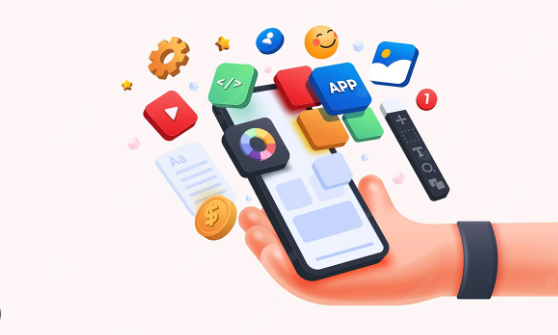App Development Journey: A Comprehensive Guide
In the dynamic world of technology, mobile applications have become an integral part of our daily lives. From social networking to productivity tools, the demand for innovative and user-friendly apps continues to soar. If you’re considering entering the realm of app development.This comprehensive guide will serve as your roadmap of App development journey, providing insights into key aspects of the development process.
- Define Your Purpose and Target Audience: Before diving into the coding phase, it’s crucial to clearly define the purpose of your app and identify your target audience. Understanding the needs and preferences of your users will guide your design and development decisions.
- Market Research: Conduct thorough market research to identify potential competitors and gaps in the market. This step will help you refine your app concept and position it effectively within the app ecosystem.
- Choose the Right Platform: Decide whether you want to develop your app for iOS, Android, or both platforms. Each platform has its own set of development tools, guidelines, and user expectations, so make an informed decision based on your target audience and business goals.
- Select the Appropriate Development Approach: There are various development approaches, including native, hybrid, and cross-platform development. Consider factors such as development time, budget, and performance to choose the approach that aligns with your project requirements.
- Design an Intuitive User Interface (UI) and User Experience (UX): A well-designed UI/UX is critical for the success of your app. Create wireframes and prototypes to visualize the flow of the app and gather user feedback early in the design process. Aim for simplicity, consistency, and ease of navigation.
- Coding and Development: Select a programming language and framework suitable for your chosen platform. Collaborate with a skilled development team or use app development tools to streamline the coding process. Regularly test and debug your code to ensure a stable and reliable application.
- Integration of Backend Services: Integrate backend services to handle data storage, user authentication, and other essential functions. Choose scalable and secure solutions to support the growth of your app.
- Testing: Thorough testing is crucial to identify and fix bugs, ensure compatibility, and optimize performance. Conduct usability testing to gather feedback from real users and refine your app based on their insights.
- Deployment and Launch: Prepare your app for deployment by adhering to the guidelines of the chosen app stores. Create compelling app descriptions, visuals, and promotional materials. A successful launch strategy involves marketing, social media promotion, and seeking initial user reviews.
- Post-Launch Support and Updates: Once your app is live, monitor user feedback and address any issues promptly. Regularly update your app with new features, improvements, and bug fixes to keep users engaged and maintain a positive reputation.
Conclusion:
Embarking on the app development journey is an exciting endeavor that requires careful planning and execution. By following this comprehensive guide, you’ll be better equipped to navigate the challenges, make informed decisions, and create a successful and impactful mobile application. Good luck on your app development adventure!
Share this content:

1 comment